Safa Meraghni
A CNN-based methodology for breast cancer diagnosis using thermal images
Oct 30, 2019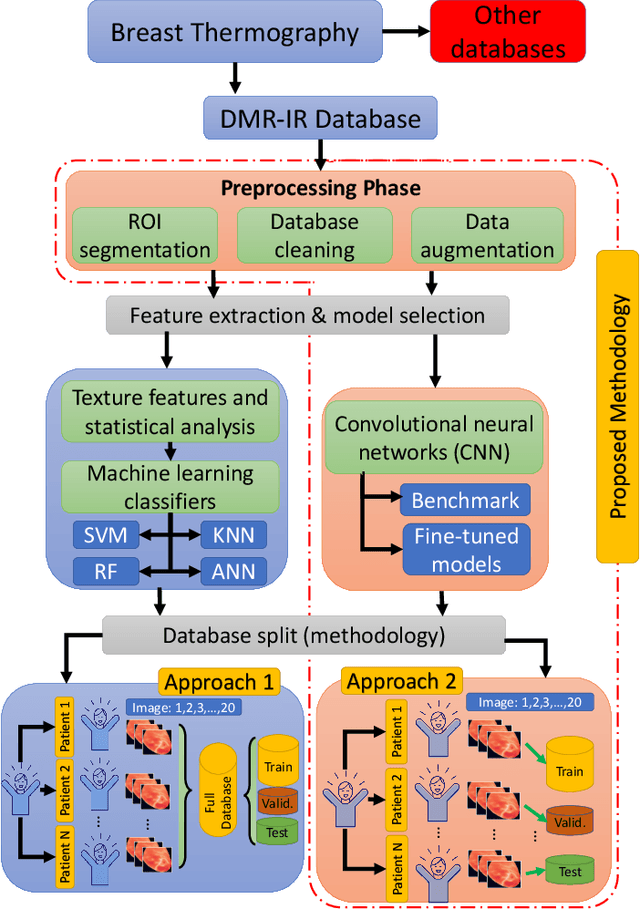
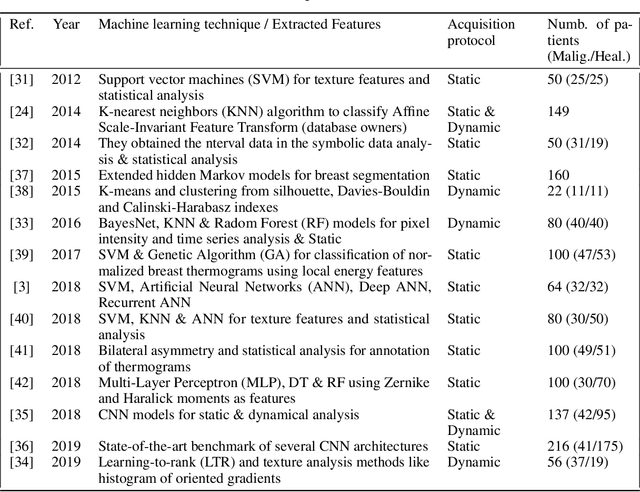
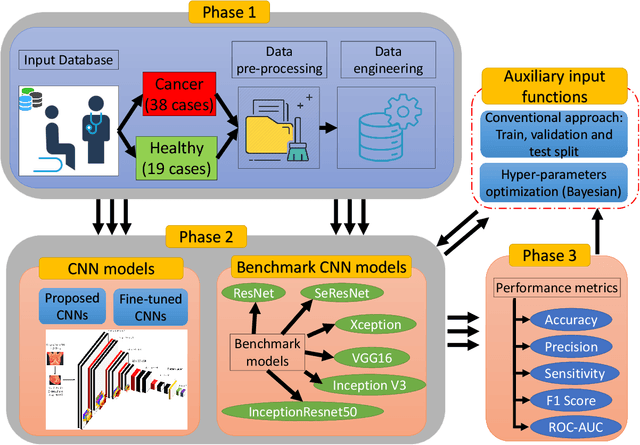
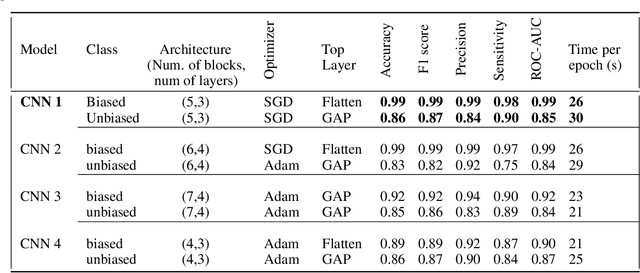
Abstract:Micro Abstract: A recent study from GLOBOCAN disclosed that during 2018 two million women worldwide had been diagnosed from breast cancer. This study presents a computer-aided diagnosis system based on convolutional neural networks as an alternative diagnosis methodology for breast cancer diagnosis with thermal images. Experimental results showed that lower false-positives and false-negatives classification rates are obtained when data pre-processing and data augmentation techniques are implemented in these thermal images. Background: There are many types of breast cancer screening techniques such as, mammography, magnetic resonance imaging, ultrasound and blood sample tests, which require either, expensive devices or personal qualified. Currently, some countries still lack access to these main screening techniques due to economic, social or cultural issues. The objective of this study is to demonstrate that computer-aided diagnosis(CAD) systems based on convolutional neural networks (CNN) are faster, reliable and robust than other techniques. Methods: We performed a study of the influence of data pre-processing, data augmentation and database size versus a proposed set of CNN models. Furthermore, we developed a CNN hyper-parameters fine-tuning optimization algorithm using a tree parzen estimator. Results: Among the 57 patients database, our CNN models obtained a higher accuracy (92\%) and F1-score (92\%) that outperforms several state-of-the-art architectures such as ResNet50, SeResNet50 and Inception. Also, we demonstrated that a CNN model that implements data-augmentation techniques reach identical performance metrics in comparison with a CNN that uses a database up to 50\% bigger. Conclusion: This study highlights the benefits of data augmentation and CNNs in thermal breast images. Also, it measures the influence of the database size in the performance of CNNs.
Post-prognostics decision in Cyber-Physical Systems
Oct 27, 2018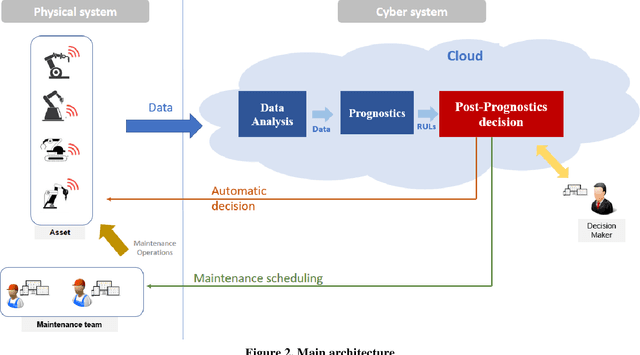
Abstract:Prognostics and Health Management (PHM) offers several benefits for predictive maintenance. It predicts the future behavior of a system as well as its Remaining Useful Life (RUL). This RUL is used to planned the maintenance operation to avoid the failure, the stop time and optimize the cost of the maintenance and failure. However, with the development of the industry the assets are nowadays distributed this is why the PHM needs to be developed using the new IT. In our work we propose a PHM solution based on Cyber physical system where the physical side is connected to the analyze process of the PHM which are developed in the cloud to be shared and to benefit of the cloud characteristics
 Add to Chrome
Add to Chrome Add to Firefox
Add to Firefox Add to Edge
Add to Edge